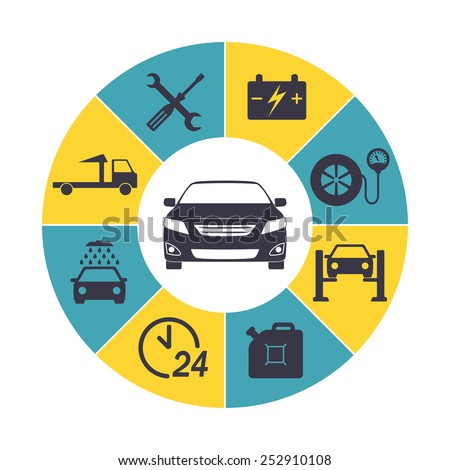A Novice'S Manual For Interpreting Your Auto'S Alert Lights
A Novice'S Manual For Interpreting Your Auto'S Alert Lights
Blog Article
Post Author-Gunter Mahmoud
When you're behind the wheel, those little warning lights on your cars and truck's dashboard can be fairly difficult. What do they suggest, and should you be worried? Recognizing mechanic is essential for your automobile's health, yet it does not need to be a daunting task. By deciphering protecht behind each light, you'll be furnished to deal with possible concerns efficiently and keep your car running smoothly. So, following time a caution light flashes, don't panic - arm on your own with expertise and take control of the circumstance.
Relevance of Cars And Truck Caution Lights
Comprehending the importance of your automobile's caution lights is crucial for preserving your automobile's health and safety. These lights serve as your vehicle's communication system, alerting you to possible issues that could jeopardize your security when traveling or cause costly repairs if neglected. By taking note of these warnings, you can resolve problems early and avoid additional damages to your vehicle.
Neglecting advising lights can result in serious repercussions, such as engine failing, brake breakdowns, or even mishaps. These lights are designed to inform you of problems ranging from low tire pressure to engine breakdowns, providing you the opportunity to do something about it before the scenario gets worse. Consistently examining and understanding these warnings can save you time, money, and guarantee your security while driving.
In addition to keeping you safe, responding immediately to advising lights can additionally aid extend the life expectancy of your vehicle. By attending to concerns beforehand, you can prevent small problems from escalating into significant repair services, inevitably conserving you money and time in the future. Bear in mind, your cars and truck's caution lights are there for a factor - don't disregard them!
Common Caution Lighting and Meanings
When it pertains to driving your car, recognizing typical caution lights and their significances is important for your safety and security and automobile upkeep. Right here are a couple of usual warning lights you might run into:
1. ** Inspect Engine Light **: This light indicates an issue with your engine. It could be something small like a loosened gas cap or something much more significant like engine misfiring.
2. ** Battery Light **: This light signals an issue with your car's charging system. It might suggest a faulty battery, generator, or various other related components.
3. ** Oil Stress Light **: When this light begins, it suggests your engine might be running low on oil or experiencing low oil stress, which can cause engine damages if not resolved immediately.
4. ** Brake System Light **: This light suggests a problem with your stopping system. It can suggest reduced brake fluid degrees or a problem with the brake system that calls for immediate attention.
Comprehending these common warning lights will assist you recognize prospective issues early on and protect against even more substantial problems down the road.
How to Reply To Warning Lighting
On the occasion that a warning light brightens on your automobile's control panel, it's important to react quickly and properly. When a caution light comes on, the first step is to consult your proprietor's handbook to understand the certain concern suggested by the light.
Some lights call for immediate interest, while others may suggest a much less urgent issue. If the caution light is red or blinking, it's normally an indicator of a major problem that requires immediate activity. In such situations, it's a good idea to pull over safely, shut off the engine, and look for expert help.
For yellow or orange warning lights, while they might not call for instant interest, it's still essential to attend to the underlying problem immediately to stop further damage. Normal upkeep and assessment can aid stop advising lights from beginning suddenly.
Conclusion
To conclude, understanding your cars and truck's warning lights is critical for preserving your vehicle's health and safety. By routinely examining and replying to these warnings, you can attend to possible concerns early and prevent costly repair work or safety dangers. Remember to consult your proprietor's handbook for details on various warning lights and constantly take prompt activity for red or blinking lights. Keep positive and maintain your car running efficiently!
